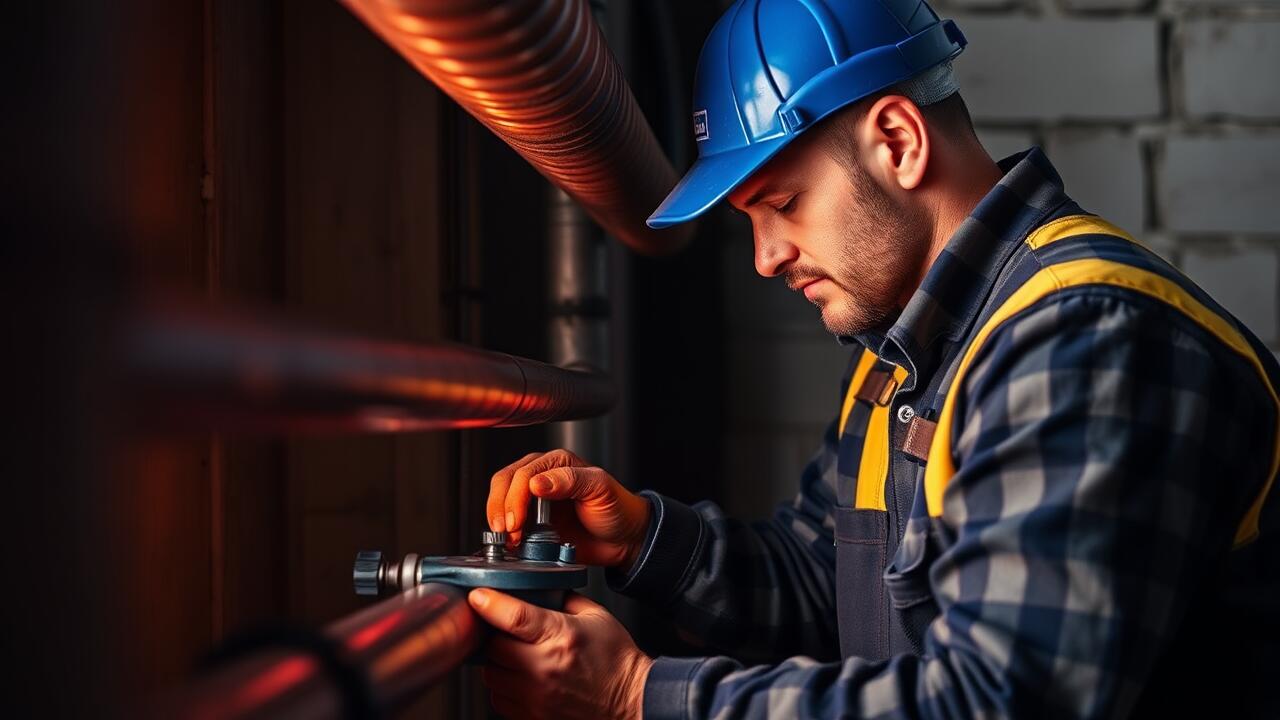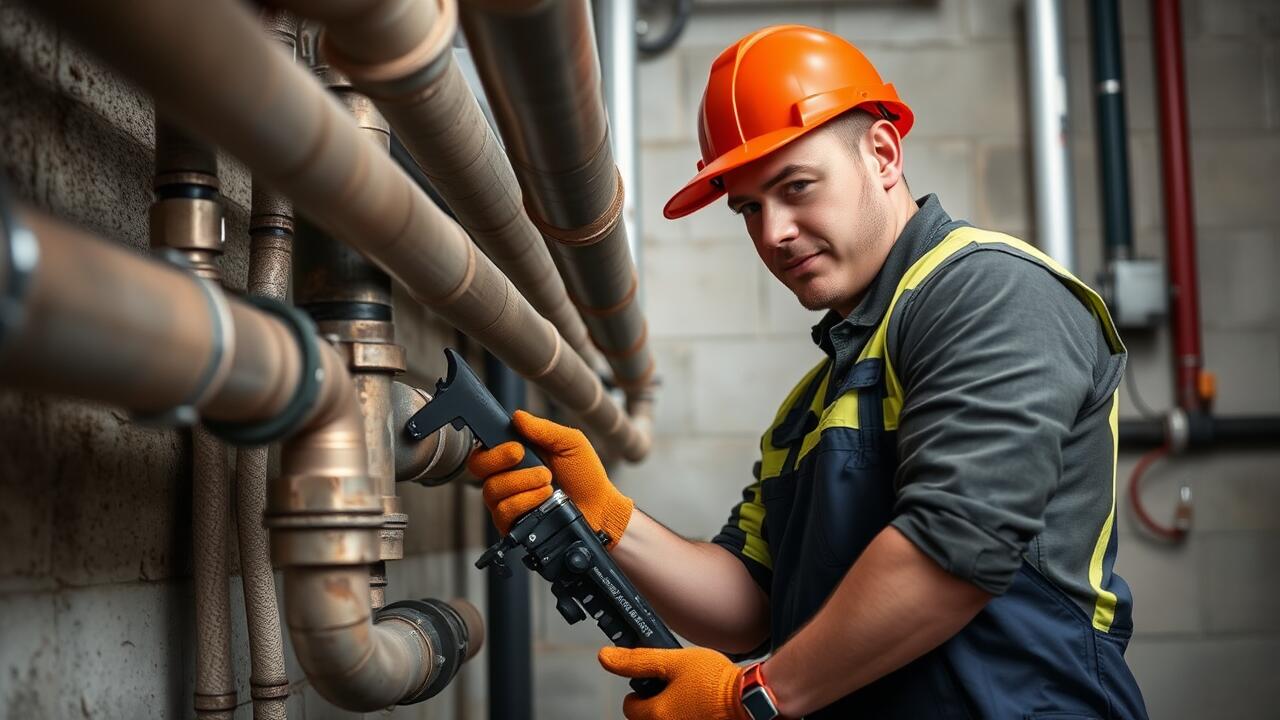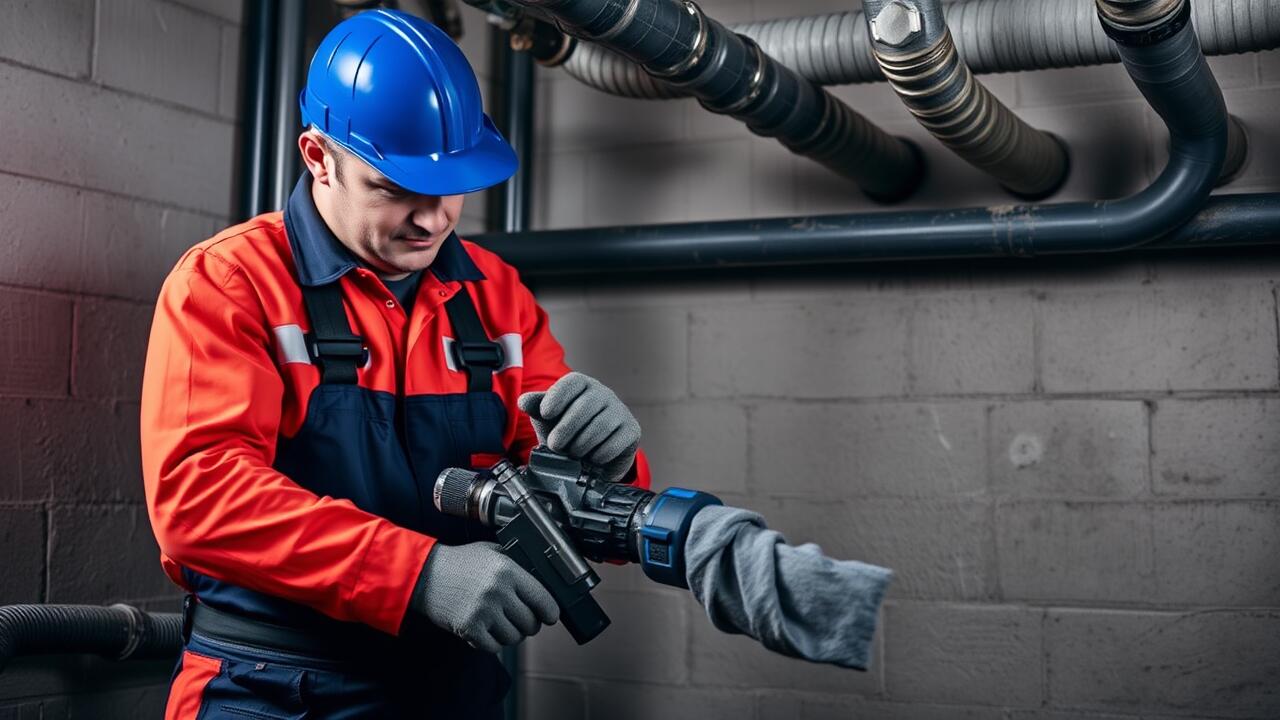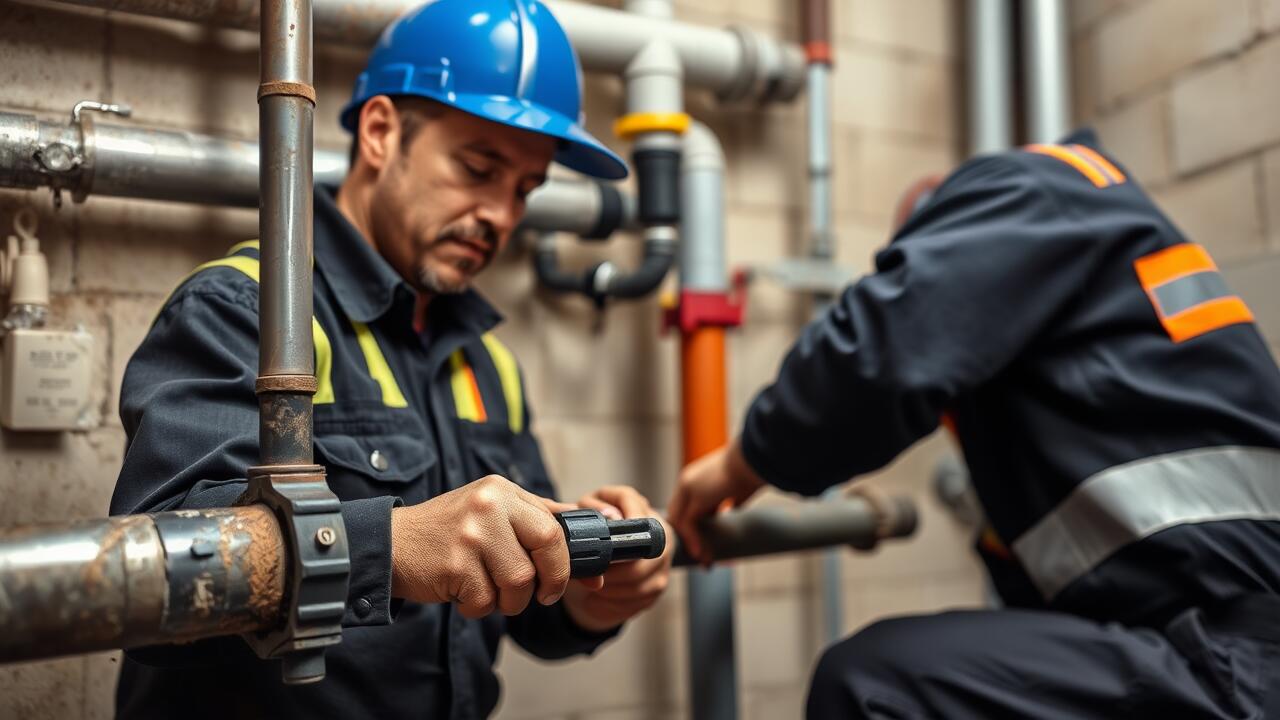
How to Apply Epoxy to Different Pipe Materials
Applying epoxy to different pipe materials requires specific techniques for optimal results. For PVC pipes, begin by cleaning the surface thoroughly to remove any dirt or grease. Lightly sand the area to enhance adhesion. Mix the epoxy according to package instructions and apply it evenly, ensuring that the entire damaged area is covered. For copper pipes, ensure the surface is clean, with no oxidation present. The epoxy will bond well if applied to a dry surface.
When working with steel pipes, rust is often a significant concern. Scrape away any rust spots and clean the area with a wire brush before applying the epoxy. Be mindful of environmental conditions; factors like temperature and humidity can affect the curing process. After repairs, if you experience any recurrence of issues, searching for "Pipe repair near me" can lead you to local professionals who can provide further assistance.
Best Practices for PVC, Copper, and Steel Pipes
When working with PVC pipes, ensure the surfaces are clean and dry before applying epoxy. A gentle sanding can help create a rough texture for better adhesion. Use a suitable PVC primer to enhance the bond between the epoxy and the pipe. Always follow the manufacturer’s instructions on mixing ratios and application techniques for optimal results. If you feel unsure about the procedure, search for "Pipe repair near me" to find local professionals who specialize in epoxy repairs for PVC.
For copper and steel pipes, it’s essential to remove any rust, grease, or buildup to promote proper adhesion. This can be achieved by using a wire brush or sandpaper to clean the surfaces. After preparing the area, apply an appropriate metal primer to assist with the bonding process. If you encounter significant leaks, it may be wise to consult “Pipe repair near me” to have a qualified technician evaluate the situation and recommend the best repair strategies.
Curing Time and Conditions
Curing time for epoxy can vary based on several factors, including the type of epoxy used and environmental conditions. Typically, most epoxies will reach a workable state within a few hours. Full curing can take anywhere from 24 hours to several days. It is vital to adhere to the manufacturer’s guidelines regarding curing to ensure the best results. In regions with high humidity or low temperatures, the curing process may take longer, so it's wise to account for these conditions when planning repairs.
For optimal curing, maintaining a stable temperature and low humidity can significantly improve the epoxy's performance. Ensure the repaired area is kept free from moisture and disturbance during the curing period. If you are unsure about how effective the repair will be, searching for "pipe repair near me" can provide local professionals with experience in coatings and curing techniques, ensuring a reliable and lasting solution.
Factors Affecting Epoxy Drying
The drying process of epoxy is influenced by various environmental factors, including temperature and humidity. Warmer temperatures generally speed up the curing process, allowing the epoxy to set more quickly. On the other hand, high humidity can hinder the drying, potentially leading to a longer curing time and a less effective bond. When searching for solutions, consider the phrase “pipe repair near me” to find local experts who can guide you on ideal conditions for epoxy applications.
Surface cleanliness plays a crucial role in the effectiveness of epoxy adhesion. Any contaminants, such as dust or grease, can affect the epoxy's ability to hold and may prolong the drying time. For optimal results, ensure the area is thoroughly cleaned and dried before applying the epoxy. This attention to detail can significantly impact the longevity of the repair, making it essential to follow best practices.
Maintenance After Repair
Post-repair maintenance is essential for ensuring the longevity and effectiveness of your epoxy fix. Regularly inspect the repaired area for any signs of damage or deterioration. Check for leaks or cracks that may develop as the pipe settles in its new state. Keeping the area clean and free from debris helps maintain the integrity of the repair. If you notice any issues, addressing them promptly can save you significant hassle and cost in the long run.
For those who may not have the tools or expertise to conduct regular inspections, seeking professional help is a wise option. Utilizing services like "pipe repair near me" can connect you with qualified technicians who can provide thorough maintenance and guidance. These professionals can not only identify potential problems but also offer preventative measures to protect your repairs from future wear and tear. Regular maintenance ensures that your epoxy repairs stand the test of time and keep your plumbing system functioning optimally.
Ensuring Long-Lasting Results
Regular maintenance plays a crucial role in ensuring the longevity of epoxy repairs on pipes. Inspecting the repaired areas periodically allows you to identify any potential issues before they worsen. Look for signs of wear or expansion in the epoxy, especially under varying temperature conditions. Keeping nearby areas dry helps protect the repair from moisture, which can lead to deterioration over time. Think about using protective coatings over the epoxy to add an extra layer of defense against environmental factors.
In addition to inspections, proper usage of pipes post-repair significantly impacts their durability. Avoid subjecting repaired pipes to extreme pressures or temperatures that exceed their tolerance. Implementing water flow restrictions can also reduce stress on joints, enhancing the overall stability of the repair. For those unsure about performing maintenance or repairs themselves, seeking professional services like "pipe repair near me" can provide expert guidance and ensure that your repairs remain strong for years to come.
FAQS
What type of pipes can I repair with epoxy?
Epoxy can be used to repair various types of pipes, including PVC, copper, and steel. Each material may require specific application techniques, so it's important to follow best practices for each type.
How long does it take for epoxy to cure?
Curing time for epoxy can vary based on the product used and environmental conditions, but it typically ranges from 30 minutes to several hours for initial set, with full curing taking up to 24 hours or more.
What factors can affect the drying time of epoxy?
Factors that can influence epoxy drying time include temperature, humidity, and the thickness of the epoxy application. Warmer temperatures and lower humidity usually speed up the curing process.
How can I ensure the repair lasts long-term?
To ensure long-lasting results after an epoxy repair, it’s essential to follow proper maintenance practices, such as regularly inspecting the repaired area for signs of wear or damage and avoiding excessive pressure or stress on the repaired pipe.
Is it safe to use epoxy on drinking water pipes?
Many epoxies are formulated to be safe for use on drinking water pipes, but it's crucial to choose a product specifically labeled as safe for potable water applications to ensure safety. Always check product specifications before use.



